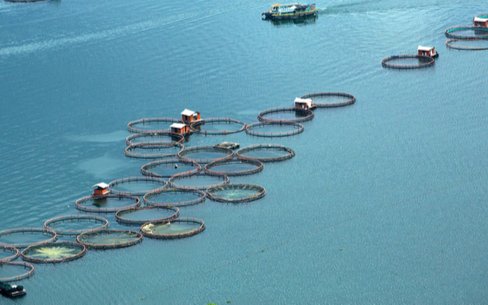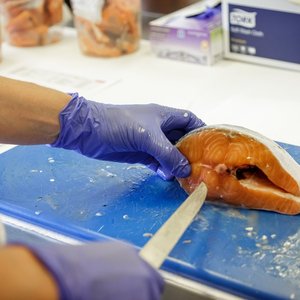Asia continues to be an attractive market for investments in aquafeed, given its large market size, growth potential and the general trend toward industrialization, according to the Rabobank report, “Swimming in a Crowded Market.”
The report states that the future Asian aquafeed consumption growth will be constrained due to the slowing growth of regional aqua farming production, resulting from limited natural resources and stricter environmental regulations. “This provides opportunities for industrialization and innovation along the value chain, in which aquafeed players can play a crucial role and achieve value growth,” said Lief Chiang, grains & oilseeds analyst at Rabobank.
Asian countries are losing ground as a cost leader to Central and South American countries, mainly due to the high occurrence of disease and rising labor costs. “Asian aquaculture needs to offer more value-added options. Quality, food safety and traceability will be increasingly emphasized, thus requiring the development of functional feed and the utilization of advanced digital technology,” according to Chiang.
Rabobank projects an increasing use of plant protein meals and other protein sources to replace fish meal in aquafeed formulas. To achieve more sustainable, but cost-effective aqua farming, more R&D efforts are needed on feed formulation, genetic improvement and animal health.
About demand in export markets and domestic consumption
Although demand in traditional export markets has been stagnant, intraregional trade within Asia has been increasing. Driven by a growing middle class, China is now demanding imports of high-quality aquaculture products with food safety and traceability. Other countries in the region, such as Vietnam and Indonesia, will be direct beneficiaries. Domestic consumption of fishery products is also likely to increase in Southeast Asia, which is expected to boost domestic aquafeed use, particularly in Indonesia, Vietnam and Myanmar. More outbound investment and M&A activities are also expected in these countries.











